Capital Importation data released by the National Bureau of Statistics (NBS) showed that Nigeria attracted a total of $1.53bn in capital inflows in Q2 2022. The data suggested a slight decline in quarterly capital imports reflecting the impact of the fall in the Naira at the parallel market.
The Naira declined from N571/$ in March to N613/$ in June 2022 in the parallel market following an increase in the demand for foreign exchange for political activities and by speculators. The decline in capital imports over the period coincided with the widening of the parallel gap from N154.83 to N192 reinforcing the argument that capital imports are governed by foreign exchange liquidity. In addition, the increase in the Monetary Policy Rate (MPR) by 150bp in May failed to stimulate capital flows, as the country’s foreign reserves fell from $39.54bn in March to $39.1bn in June 2022.
Compared to the corresponding period of 2021, capital importation grew by +75.34%. Analysts have explained that the +75.34% Y-o-Y growth was due to a low base effect, as capital imports fell below the trend in Q2 2021. Inbound Capital flows fell to a $2bn average since the COVID-19 pandemic halted capital imports in 2020. Before the pandemic, imported capital averaged $4.4bn quarterly with a record high of $8.51bn in Q1 2019 (see chart1 below).
Chart 1: Capital Importation in Q2 2022
Source: NBS, Proshare Research
Capital Imports: FPI continues its Dominance
A breakdown of the capital imports data shows that the total FDI in Q2 2022 was $147.16m. Q2 2022 FDI accounted for only 9.58% of the $1.53bn capital imported. In comparison to less patient forms of Capital, the volume of FDI was tepid. Nigeria received a total Portfolio investment of $757.32m in Q2 2022 while trade credits, loans, and other investments amounted to $630.87m. Since green field and brown field investments create physical infrastructure, they tend to create more growth with FDI flows. Through their Corporate Social Responsibility (CSR) projects, corporations improve the living conditions of their host communities. Nigeria has, however, had to settle for the less patient and more fair-weathered forms of capital. Analysts consider this as the major factor responsible for volatility in the country’s balance of payment.
Thoughts About Portfolio Investment
There was a decline in Foreign Portfolio Investment (FPI) between Q1 and Q2 2022 falling from US$ 154.97m in Q1 to US$ 147.16m in Q2 due to increased foreign investor fear about recession and economic instability. 2021 saw a steady rise in FPI, and its contribution to capital importation as the economy made a steady recovery from the aftermath of the COVID-19 pandemic. The year 2020 saw a sharp decline in FPI as the economy completely shut down due to the pandemic, leading to a reduction in foreign financial inflows (See chart 2 below).
Chart 2: The Trend of Foreign Portfolio Investment (FPI)($’m)

Source: NBS, Proshare Research
Much Ado About FDI
As FPIs shrank so did FDIs. The contribution of Foreign Direct Investment (FDI) to total capital importation is significantly lower than that of FPI indicating the unwillingness of forging investors to make long-term investments in the economy. For the periods between Q1 and Q2 of 2022, there was a sharp decline in FDI as is seen with FPI due to increased fears of investors and worsening economic conditions. The case of 2021 is much different as it had no steady trend, declining between Q1 and Q2 before picking up by Q3 ad declining by Q4. Lastly, FDI had increased contributions to capital inflows, however, there was no increase in the amount of direct investment (See chart 3 below).
Chart 3: The Trend of Foreign Direct Investment (FDI) ($’m)

Source: NBS, Proshare Research
Thinking About Other Investments
Of particular note was that as FPIs and FDIs cooled, other investments showed warmth. In 2022, there was a significant increase in other investments between Q1 and Q2 despite the growing unease of foreign investors and worsening economic activities. There were increased contributions to capital imports. 2021 saw a sharp rise in other investments between Q3 and Q4 due to an increase in loans to the economy with a peak contribution of 54.24%. In 2020, there was a notable decline for the first three consecutive quarters before a marginal rise of +18.88% in Q4 (See chart 4 below).
Chart 4: The Trend of Other Investments ($’m)

The Origins of Capital Flows in Q2 2022
Over half of the capital flows in Q2 2022 originated from the United Kingdom. The UK, which accounted for US$781.05m of the US$1.53bn received in the period, has typically been a major source of foreign investors. However, as the world’s fifth largest economy faces unprecedented inflation (10.1%) and a likely recession, analysts worry about capital flows to Nigeria in H2 2022.
Aside from the UK, Singapore, and the Republic of South Africa retained their positions as top origins of capital in Q2 2022. Capital imports from Singapore accounted for US$138.58m, double the amount of capital imported from the southeast Asian country in Q1 2022 (US$64.42m). South Africa accounted for US$122.26bn this represents a slight appreciation compared to the US$117.5m worth of investment originating from Africa’s largest economy (see chart 5 below).
Chart 5: Five Top Countries from which Nigeria’s Capital Imports Flowed in Q2 2022
Source: NBS, Proshare Research
Lagos; the Investment Mother Lode
Lagos state has received a larger percentage of capital imports in comparison to the country’s other 36 states; reaching a peak of 86.91% of all capital imports. The large Lago capital import is partly due to the concentration of companies city-state. Lagos has the advantage of seaport location and legacy structures from its erstwhile period as the country’s federal capital. The downside is uneven development where capital import to the state was greater than the total IGR for all southwestern states from 2019 to 2021. The rebalancing may require other states to take the initiative to find ways to boost infrastructural development within their states. Creating alternative spaces conducive to enterprises would enable more states to attract both FDI and FPI (see chart 6 below).
Chart 6: % of Total Capital importation to Lagos 2019 - 2021
Outlook; Where FPI/FDI Growth Will Come
While Nigeria may have recorded a decent +3.32% real GDP growth rate in H1 2022, this would not count for much with foreign investors, as the country’s general elections are just 177 days away. Analysts believe that capital imports may further decline in H2 2022. Nascent democracies record major declines in capital investment in the second half of their pre-election years as investors look to avoid the risks associated with the electioneering process.
A look at NBS data shows that before the 2019 election, capital flows fell by more than 50% from $11.87bn in H1 2018 to $5bn in H2 2022. However, the country registered a record capital import of $8.51bn in Q1 2019 after the conclusion of the elections in February.
The combination of negative pre-election sentiments and recession fears in the UK and other economies signal a decline in expected capital imports in H2 2022. The Central Bank’s Monetary Policy Committee (MPC) projects that capital importation would not return to its long-run trend until Q2 2023.
 Lagos, NG • GMT +1
Lagos, NG • GMT +1











 431 views
431 views





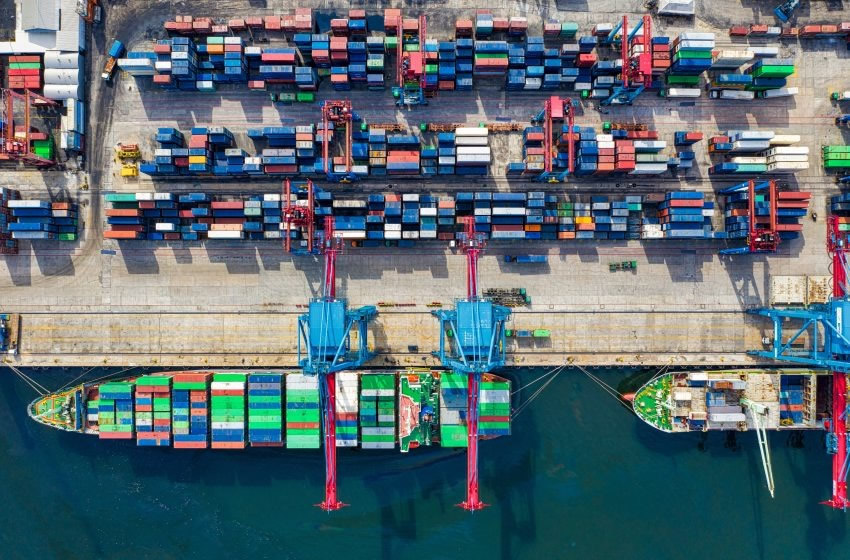
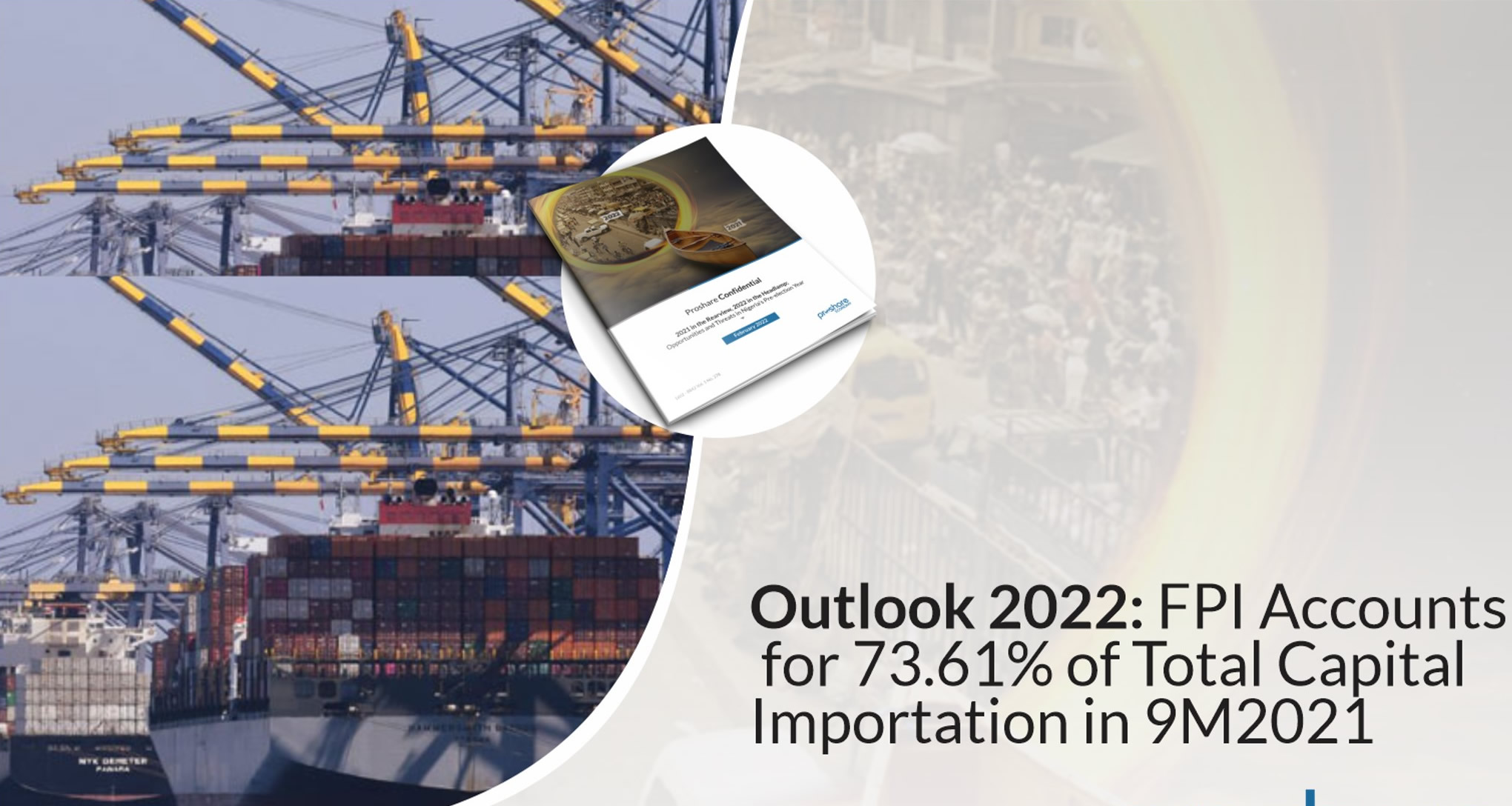


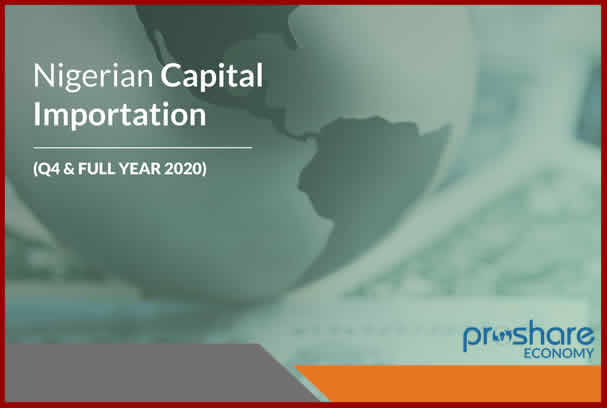
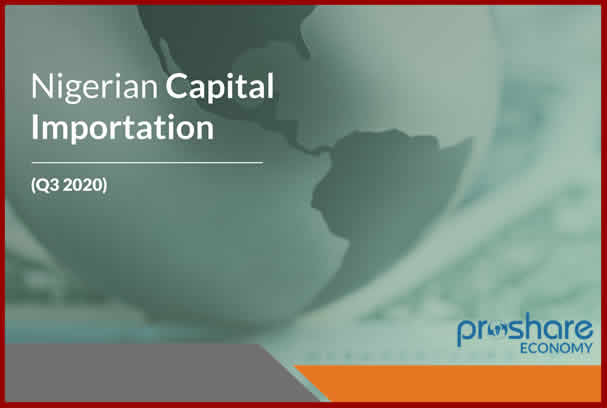
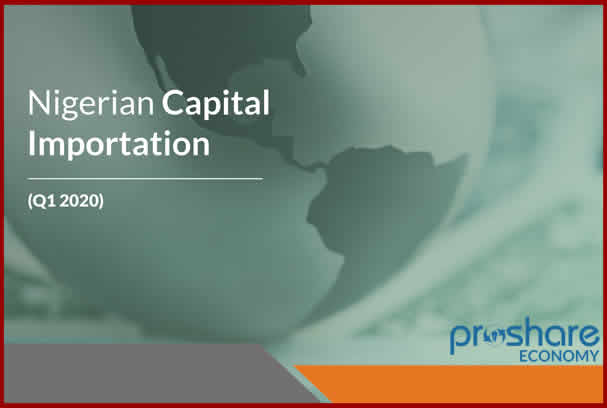





 Sponsored Ad
Sponsored Ad
 Advertise with Us
Advertise with Us









